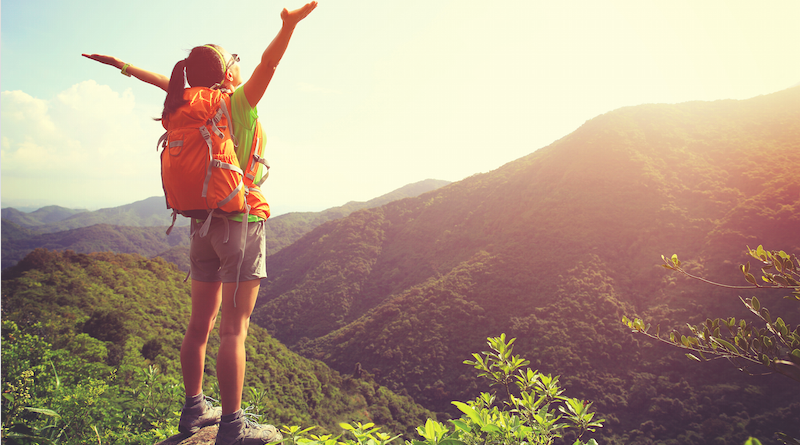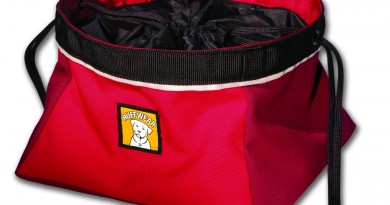(Affordable) Necessities for Fall Adventure
Let’s face it, you can spend your retirement fund on camping gear (we know, it’s tempting…) But for a night or two on the Long Trail do you really need a tent that’s built for base camp at Mt. Everest? For those of us who wait until fall to head into the woods for a weekend, or just want to camp out for a night or two, there are some great mid-priced options for gear. Here’s a round-up of what we like to use.
A Weekend Tent
If you’re backpacking long distances, you want the lightest tent you can find (or a hammock). The two-person Nemo Galaxi ($250) is a roomy (32 sq. ft. floor area), albeit heavy tent (at 5.8 lbs), but one that packs down smaller than many its size and is perfect for a weekend or overnight. It uses Nemo’s snap-together 1-piece (hurray, you can’t lose anything!) spider-shaped hubbed pole system which is easy to use once you figure it out. The poles support what is basically a mesh frame that can be used without the fly for a sleep-under-the stars feeling. The two entrances are a real plus (although with the fly on, only one is really usable) as are the magnetic snaps on the pockets. The rain fly opens and then can be folded to the sides (like a curtain) which makes the tent feel roomier and lighter. Inside, one of the coolest features are white pockets in the ceiling where you can store a headlamp for a nice, diffuse light. Best, the footprint is included, making this a great bargain.
Featherweight Stove
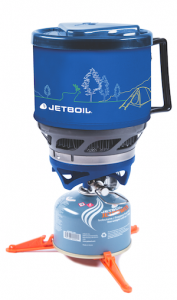
When it comes to cooking in the woods, you’ll want something that’ll heat your food fast, while not requiring you to haul excess weight. Jetboil’s latest release, the MiniMo ($134.95) made the top of our list with its featherweight 27-ounce package that’ll have a freeze-dried camp meal ready in no time and water boiling in about two minutes. It has an integrated shroud to block the wind and functions reliably even when temperatures drop below freezing.
Body-shaped Sleeping Bag
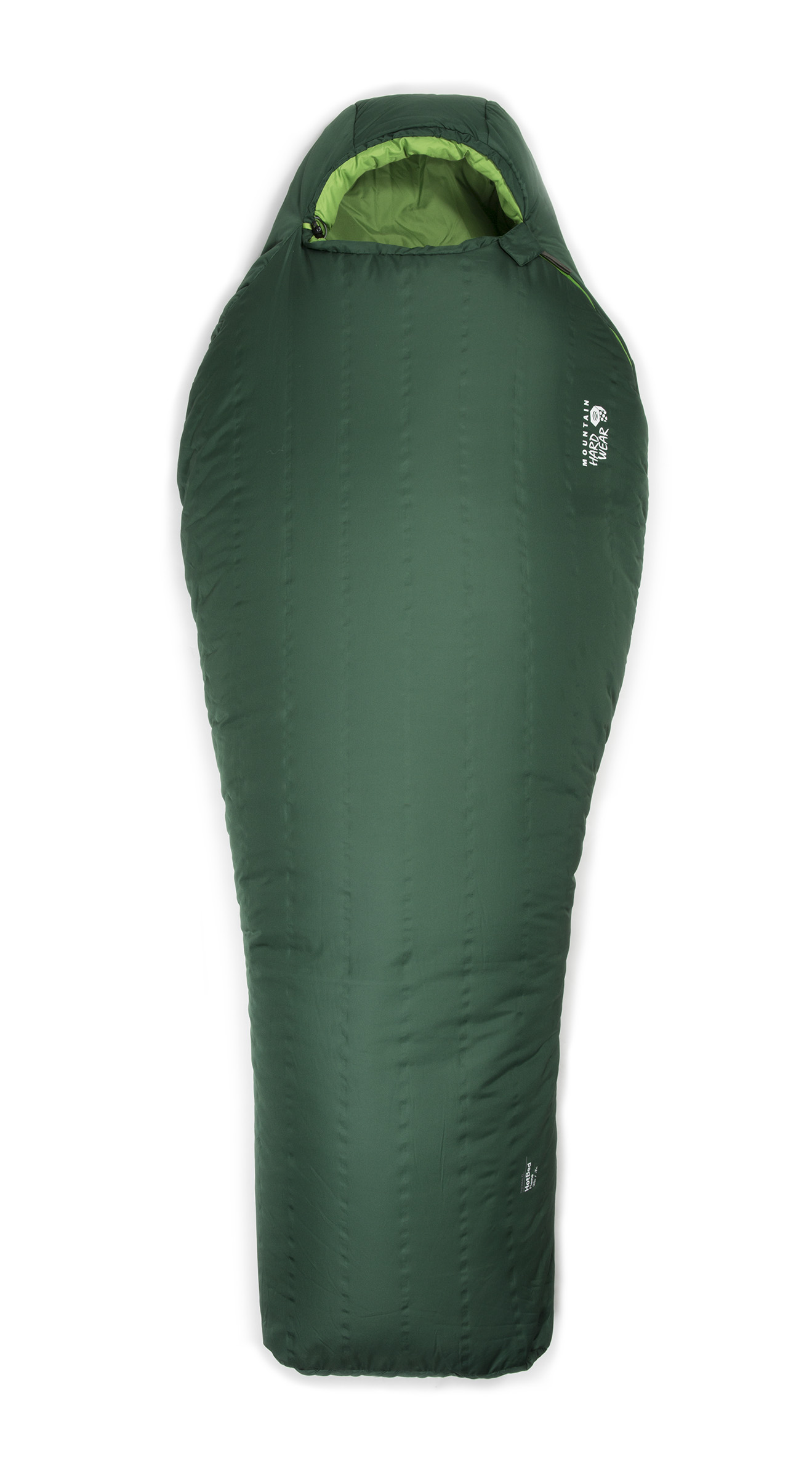 There’s nothing better than falling into a deep sleep that comes after hiking all day and Mountain Hardwear’s Hotbed Torch bag ($209) will lull you to sleep with its synthetic Thermal Q MX insulation good for temperatures down to 0-degrees Fahrenheit. Best, its body-bag shape, face gasket that blocks drafts and comfy foot box can feel custom molded. This bag features welded (not stitched) construction that enhances loft and eliminates cold spots and a roomy, comfortable fit that won’t constrict. Its microfleece-lined stuff sack doubles as a pillow. The full-length zippers can even be used to zip other Mountain Hardwear Hotbed bags together. The bag packs down to 22 x 17 x 14 inches and, at 5.1 pounds, is not the lightest but for the price, it’s hard to beat.
There’s nothing better than falling into a deep sleep that comes after hiking all day and Mountain Hardwear’s Hotbed Torch bag ($209) will lull you to sleep with its synthetic Thermal Q MX insulation good for temperatures down to 0-degrees Fahrenheit. Best, its body-bag shape, face gasket that blocks drafts and comfy foot box can feel custom molded. This bag features welded (not stitched) construction that enhances loft and eliminates cold spots and a roomy, comfortable fit that won’t constrict. Its microfleece-lined stuff sack doubles as a pillow. The full-length zippers can even be used to zip other Mountain Hardwear Hotbed bags together. The bag packs down to 22 x 17 x 14 inches and, at 5.1 pounds, is not the lightest but for the price, it’s hard to beat.
Charging on the Go
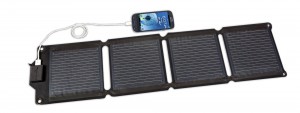
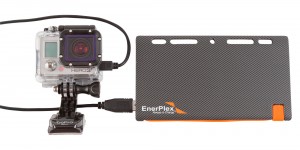
If you want to stay plugged in while unplugging in nature, we found two portable power solutions to keep you charged. The Jumpr Slate Power Bank by EnerPlex ($54.99) packs power in a package roughly the size of an iPhone. Though it weighs just 199 grams, the battery provides 5,100 mAh of output to charge smartphones, tablets, action cameras, GPS devices and more. This size and weight made it easy to tuck into a backpack for a weekend of traveling and the tethered micro USB cable meant I didn’t have to remember to pack a charging cable. A single charge proved powerful enough give two to three charges for a completely dead phone at about half the time of a wall outlet. For harnessing the power of the sun, EnerPlex’s Kickr IV ($99.99) is a flexible solar charging solution. This 6-watt system includes four square units that can charge your device through a USB port in about two hours with direct sunlight. It folds down to the size of a small notebook to slide into a backpack. Carry loops allow you to position it outside your pack as you hike or hang it from a line or tree at camp. For a lightweight design, it’s surprising rugged: the one I tested endured dunks in a lake, spilled beer, rocky campsites and (most impressively) a toothy puppy.
Adventure Socks
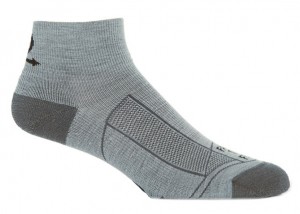 One of my favorite pieces of hiking wisdom goes like this: “Change your socks; change your attitude.” Taking care of your feet can mean the difference between a happy nine-mile hike in the Green Mountains and a long, painful slog and your socks might be the most important item in your pack. I was pleased by how comfortable my feet stayed during full days of hiking in Farm To Feet socks. The “Greensboro” ($18) is an adventure sport sock that was at home on trail runs as well as lighter hikes with a smooth, comfortable fit that never shifted on my foot. The lack of toe seams eliminates any friction and the ¼ and ¾ length versions kept my feet cool. Plus, the 100-percent merino wool didn’t stink at the end of the day. Bonus: Farm to Feet’s socks are made by Nester Hosiery in North Carolina with 100-percent American-sourced wool.
One of my favorite pieces of hiking wisdom goes like this: “Change your socks; change your attitude.” Taking care of your feet can mean the difference between a happy nine-mile hike in the Green Mountains and a long, painful slog and your socks might be the most important item in your pack. I was pleased by how comfortable my feet stayed during full days of hiking in Farm To Feet socks. The “Greensboro” ($18) is an adventure sport sock that was at home on trail runs as well as lighter hikes with a smooth, comfortable fit that never shifted on my foot. The lack of toe seams eliminates any friction and the ¼ and ¾ length versions kept my feet cool. Plus, the 100-percent merino wool didn’t stink at the end of the day. Bonus: Farm to Feet’s socks are made by Nester Hosiery in North Carolina with 100-percent American-sourced wool.
Blister Gel
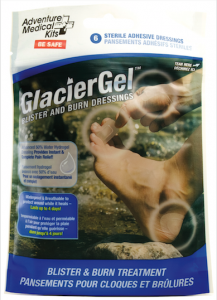 When I finished an eight-mile run to find blisters the size of my thumb on the soles of my feet, I reached for a new product instead of my usual moleskin. With Glacier Gel bandages, produced by Adventure Medical Kits ($8.99 for a case of 12), there’s no snipping and trimming of moleskin required; simply clean the blister as you would normally and place the bandage directly over it. The gel-filled bandages are comfy, easy to remove and don’t leave a sticky mess on your skin. Just like moleskin, the bandages fit well under a sock and had my feet healed in time for the next weekend.
When I finished an eight-mile run to find blisters the size of my thumb on the soles of my feet, I reached for a new product instead of my usual moleskin. With Glacier Gel bandages, produced by Adventure Medical Kits ($8.99 for a case of 12), there’s no snipping and trimming of moleskin required; simply clean the blister as you would normally and place the bandage directly over it. The gel-filled bandages are comfy, easy to remove and don’t leave a sticky mess on your skin. Just like moleskin, the bandages fit well under a sock and had my feet healed in time for the next weekend.
Grippy Day Hikers
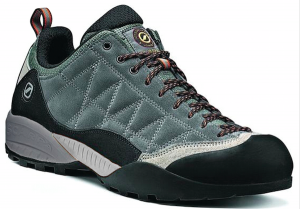 Designed for getting you and your gear to and from the crag, Scarpa’s Zen Pro ($169) shoes could become your new favorite day hikers, thanks to their rigid sole, durable and water resistant uppers and the Sock-Fit system for a comfortable fit. While nailing all the specs I like in a hiking shoe, it’s the shoe’s ability to perform in more technical terrain that made it really shine, as I found, on several long hikes. This is thanks to the sticky Vibram Spyder II rubber used in an aggressive hiking lug and a “climbing zone” around the toe and forefoot for edging and smearing when you’re above the tree line. The toebox narrows slightly for accurate toe placement, which hikers with wider feet might find uncomfortable.
Designed for getting you and your gear to and from the crag, Scarpa’s Zen Pro ($169) shoes could become your new favorite day hikers, thanks to their rigid sole, durable and water resistant uppers and the Sock-Fit system for a comfortable fit. While nailing all the specs I like in a hiking shoe, it’s the shoe’s ability to perform in more technical terrain that made it really shine, as I found, on several long hikes. This is thanks to the sticky Vibram Spyder II rubber used in an aggressive hiking lug and a “climbing zone” around the toe and forefoot for edging and smearing when you’re above the tree line. The toebox narrows slightly for accurate toe placement, which hikers with wider feet might find uncomfortable.
A Layer of Wool
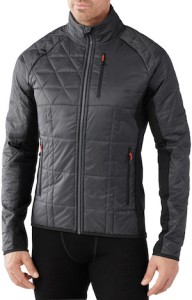 While it’s warm during the day, we’ll start to see some cooler evenings in the weeks and months to come. For fast activity in cold climates, the wool experts at SmartWool have rolled out a collection designed for layering use year-round. The
While it’s warm during the day, we’ll start to see some cooler evenings in the weeks and months to come. For fast activity in cold climates, the wool experts at SmartWool have rolled out a collection designed for layering use year-round. The
Double Corbit 120 Jacket ($200) uses knitted merino wool on the sleeves and side panels and SmartLoft insulation on the chest and back. The result is a versatile and somewhat packable layer (SmartWool’s patented SmartLoft insulation doesn’t pack like real or synthetic down) that was insulating on breezy paddles around the lake or chilly evenings at the campsite. While it’s too warm a jacket for summertime use, this one will no doubt find its way into a winter lineup as a layer under a shell, or wear while cross-country skiing, hiking or wearing around the cabin or hut. Plus, for a high-performance piece, its athletic fit and low profile won’t scream “ski slope” at the après scene.
An Overnight Pack
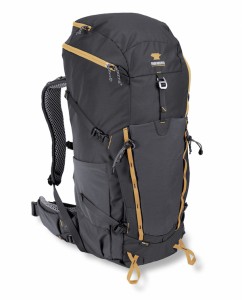 Between the commuter/school packs with specialized sleeves for laptops and highlighters and the ultra-huge expedition-grade packs falls a category that emphasizes versatility and that’s where this pack comes in. The Mountainsmith Mayhem 45 ($159.95) is a pack designed for use on trail or travel with a volume that will accommodate gear-heavy day trips in the bush or hopping planes, trains and automobiles. Nifty features include angled and vertical waterbottle sleeves, ice tool/trekking pole carry loops, and a large panel mesh pocket at the back. At 3 lbs, its lightweight internal frame provides just enough stability when fully loaded.
Between the commuter/school packs with specialized sleeves for laptops and highlighters and the ultra-huge expedition-grade packs falls a category that emphasizes versatility and that’s where this pack comes in. The Mountainsmith Mayhem 45 ($159.95) is a pack designed for use on trail or travel with a volume that will accommodate gear-heavy day trips in the bush or hopping planes, trains and automobiles. Nifty features include angled and vertical waterbottle sleeves, ice tool/trekking pole carry loops, and a large panel mesh pocket at the back. At 3 lbs, its lightweight internal frame provides just enough stability when fully loaded.
The volume and shape of this pack is one of its strengths. I tested the 45-liter version (it also comes in a 35-liter version) and for an efficient packer, 45 liters (2,745 cubic inches) is enough for an overnight with a tent and a packable sleeping bag or for a long day with variable weather. The pack is wider at the top than at the bottom, which makes getting things out (or throwing everything back in) a breeze. The main compartment is accessed with an asymmetrical zipper that runs around the pack’s exterior so you can unzip just the top-most section to grab a layer or open the whole thing to sort through the contents. The Mayhem is durable as it is spacious. On weekend experiments on the Long Trail, this pack stood up to low limbs, rocky outcroppings and a few exposed nails on lean-tos. The Cordura fabric used in the pack’s construction withstood abuse mightily while the pack’s ventilating mesh in the back and straps kept my back and shoulders cool. For shorter travelers like me, the pack felt a bit on the long side (I’m 5’7”). Fortunately, adjustable shoulder straps helped me find a fit that worked. If this should be bothersome for others, its smaller cousin would be an appealing choice. Fully loaded, the pack felt very stable on the trail. For a traveler or hiker on a budget, the Mayhem 45 will make a practical choice, be it for a day wandering city streets or trails.

